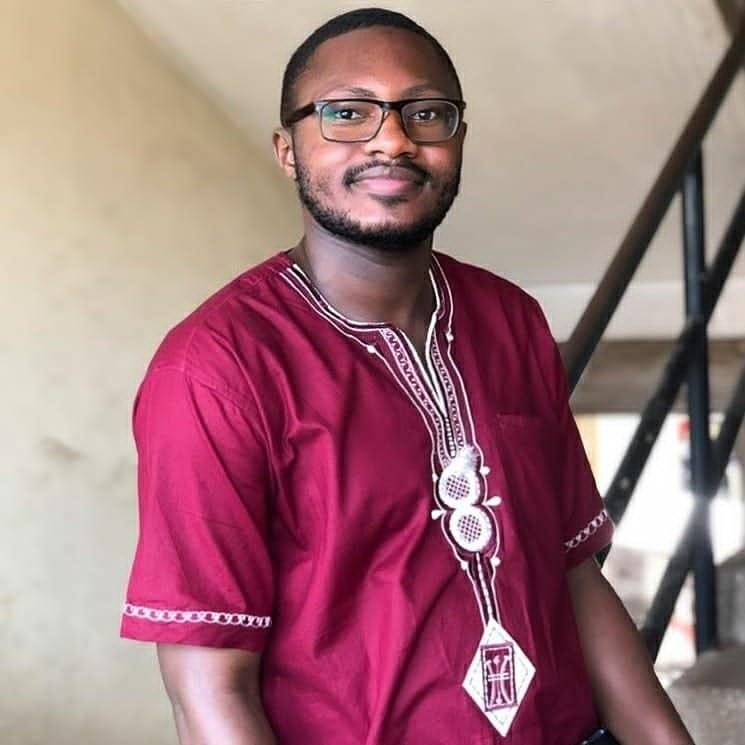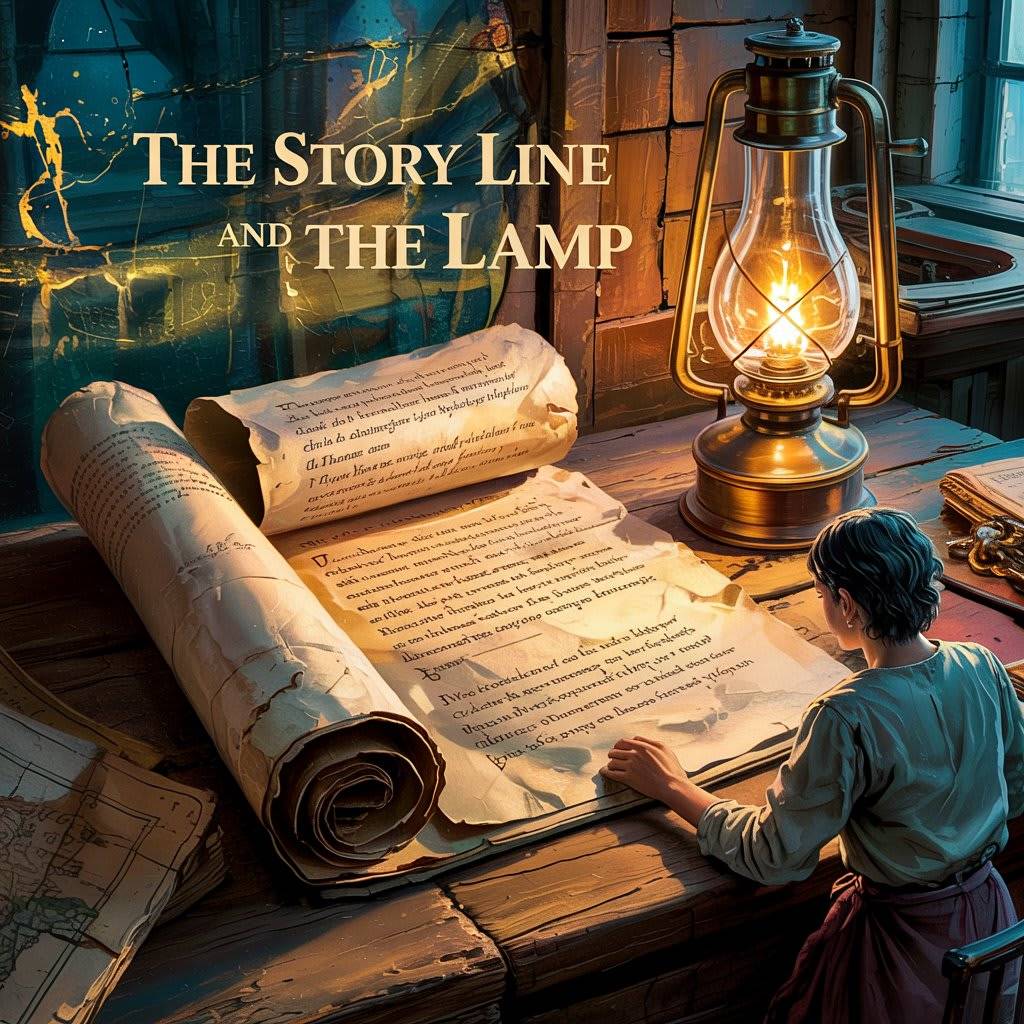The wind howled across the stone corridors of the forgotten monastery as Arun pushed open the heavy oak door. Dust billowed around him, stirred for the first time in perhaps a century. He stepped inside, holding a flickering brass lamp—his only source of light in the otherwise pitch-black chamber.
He wasn’t just any traveler. He was a seeker of lost stories, a chronicler of echoes that history had chosen to forget. And the legend of the "Story Line" had brought him here.
As a child, Arun’s grandmother used to speak of a sacred manuscript hidden within the folds of time, said to contain truths too dangerous for any king to allow, and too fragile to be trusted to memory. She called it the Story Line — a thread that wove truth through lies, history through myth. And it was guarded by a single flame, an eternal lamp that would only burn for the one destined to find it.
For years, he had searched, following cryptic clues hidden in footnotes, margins, and forgotten footpaths of history. All signs had finally led him to this monastery, deep in the mountains of Kashmir, buried beneath rubble and silence.
His lamp flickered, casting strange shadows on the walls. They danced like old spirits, twisting around inscriptions in a language only half-known to scholars. Arun ran his fingers over the etchings, whispering translations under his breath. One phrase repeated over and over:
“Light reveals the line, but only the honest heart may read it.â€
He moved deeper into the monastery, past collapsed beams and broken altars. At the very center, hidden behind a crumbling mosaic of a saint whose name had been erased, he found it—a narrow tunnel, barely big enough to crawl through. The air inside was colder, untouched by the sun or man.
At the end of the tunnel was a small stone room. Empty, except for a pedestal. And on it: a lamp.
It was made of blackened bronze, inlaid with faded silver symbols. And it was lit. A soft, unwavering flame glowed within, though there was no oil and no wick. Arun’s breath caught. His own lamp, the one he carried, dimmed slightly—as if bowing.
Next to the lamp was a scroll. Not ancient and crumbling, but perfectly preserved, as if time refused to touch it. He reached out slowly, reverently, and unrolled it.
The Story Line wasn’t a story in the usual sense. It wasn’t a tale of heroes or empires. It was a woven thread of memories—passages from forgotten poets, diary entries of lost explorers, courtroom testimonies from vanished civilizations. All of it sewn together into one grand truth: that history was not written by the victors, but hidden by them.
There were stories of betrayals that shaped borders, of peace offered and crushed, of names erased because they stood for justice. And scattered between the lines were symbols—small runes that glowed faintly under the lamp’s light.
As Arun read, the light grew brighter. He wasn’t sure if it was the lamp or his mind, but the room seemed to expand. He saw visions—of cities rising, burning, rebuilding. Of people speaking forgotten tongues, writing with quills, scratching truths into walls before they were buried. And in all of them, the lamp was there. Passed from hand to hand, never extinguished.
He understood now: the lamp wasn’t just a guide. It was a guardian. A keeper of stories too bright to be seen in the daylight of politics and power. The Story Line was not for the world—it was for the world-changer. For the one who could read it and carry it forward.
When Arun emerged hours later, scroll in hand, the first light of dawn was touching the snowcaps. His own lamp had gone out, replaced now by the eternal one in his pack. He knew he could not publish the scroll. Not yet. The world wasn’t ready.
But he could begin to tell its stories. One by one. Cloaked as fiction, wrapped in metaphor, whispered in lectures and spoken on street corners. And someday, when enough minds were open and enough hearts were honest, he would reveal the scroll for what it was.
Until then, the lamp would guide him.
And the Story Line would grow.


